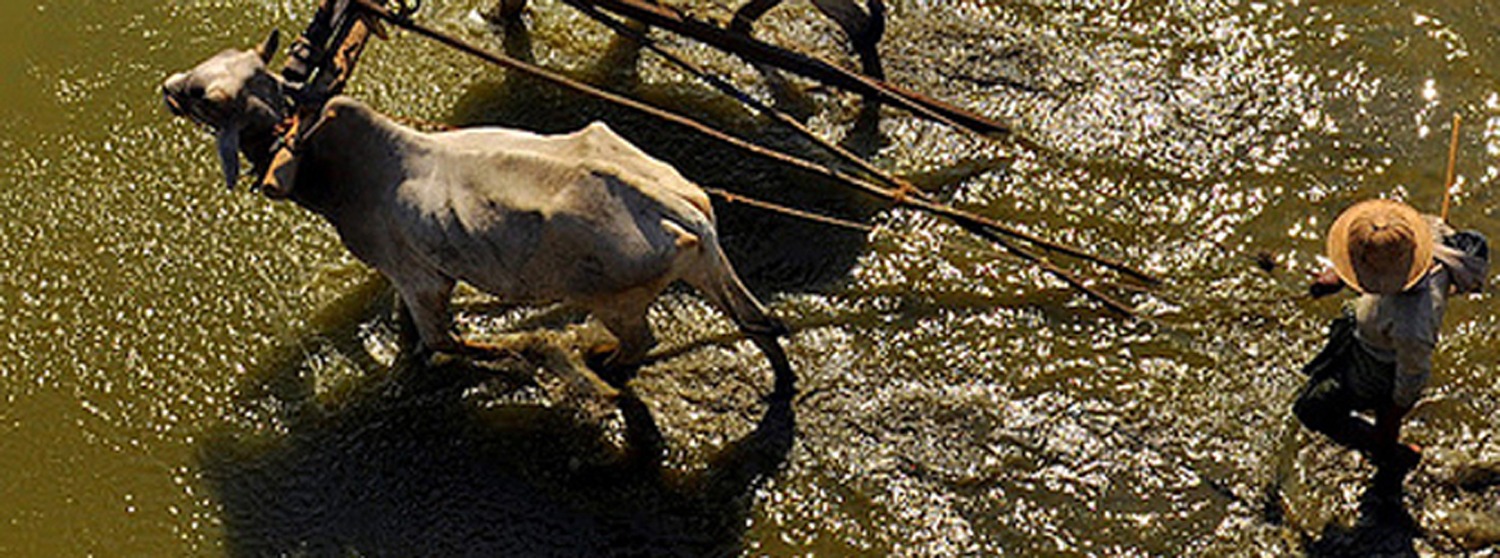Maintaining Community Livestock Systems in the Face of Climate Change
by Tom Weaver
The consumption of livestock derived products is rapidly increasing in the Lower Mekong River Basin. This is largely attributed to increasing standards of living and household incomes. Improvements in production, processing and postharvest practices present new opportunities for livestock owners, but also greater competition. But what might happen to livestock in the not-so-distant future as a result of climate change? How might smallholders remain competitive in terms of production costs, increasing their access to output markets and building system resilience to climate change? Finding answers to these types of questions and others to inform producers who are faced with critical economic
Understanding the climate impacts on livestock at the Basin level is a complex task. Balancing depth and breadth of focus is challenging given the geographic scope and diversity of livestock systems in the region. As part of the Climate Change Impact and Adaptation Study, I am currently conducting research on the climate impact on common livestock within the basin and their role in building community resilience. This work contributes to a broader understanding of key rural livelihood systems in the region.
Livestock are a crucial aspect of diverse livelihood portfolios for the great majority of rural households in the Basin; over 80 percent of rural families employ mixed crop-livestock systems for food production and income. The integration of livestock with cropping systems, fisheries and natural systems is of primary importance to current household incomes and resilience. Therefore, the Mekong ARCC study is taking a broader farming systems approach as climate impacts on the integration of, and relationships between, livelihood mechanisms is fundamental to household’s future adaptive capacity and resilience.
For example, livestock are commonly used as a source of traction for land preparation and in […]



